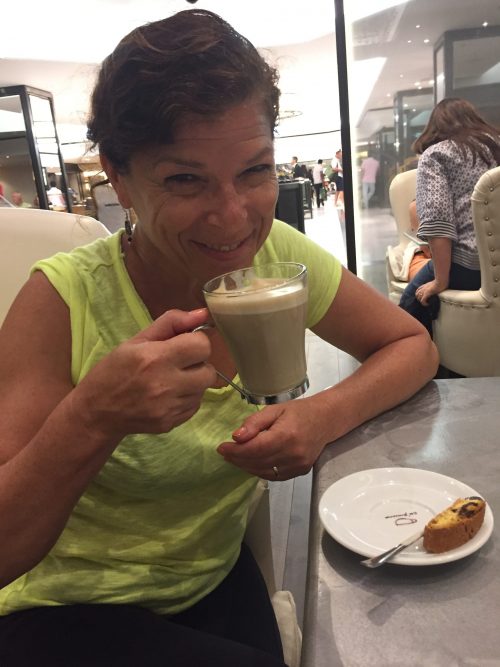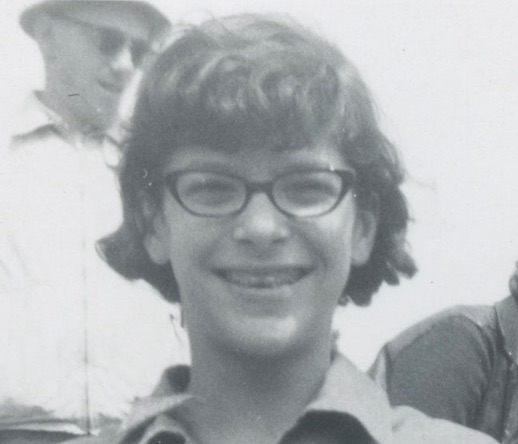In 2022, I was changed, shaken up, maybe even woken up by three places I visited.
Did I “get woke?” Do people still say that? This definition for “Get Woke” in the Urban Dictionary does feel right: “Getting woke is like being in the Matrix and taking the red pill. You get a sudden understanding of what’s really going on and find out you were wrong about much of what you understood to be truth.”
#1: Liberty Bell in Philadelphia, PA.
We visited the Liberty Bell in the summer of 2022 on a car trip from Jupiter, FL to Ann Arbor, MI. Because I grew up in Philadelphia, I thought I knew the Liberty Bell and its story. I even had a job right across the street from the Liberty Bell, working one summer at MiltonCMerion Freight Forwarders in the Bourse Building (now a food hall).
I was surprised to see the changes there in 2022. Large outdoor signs flanked windows looking down onto a basement level dirt floor that had been excavated recently. The signs explained how historians have discovered our first President, George Washington, had lived about 100 yards from the location of the current Liberty Bell. Washington lived with a small portion of his slaves and his wife Martha’s slaves (who had inherited hers). The windows looked down on the kitchen, where the slaves worked.

Because Pennsylvania had a law where slaves were free after six months, Washington rotated out his slaves living in Philadelphia with the slaves that lived at Mt Vernon, so they would not become free. But at least one did, said the sign. Ona looked over her shoulder all her life, but was never caught. Ona Judge’s story was dramatized at the Liberty Bell location. She gave two newspaper interviews in 1845 and 1847 to an abolitionist newspaper with her story. Those interviews helped the author of this book, which I recommend: Never Caught: The Washingtons’ Relentless Pursuit of Their Runaway Slave, Ona Judge.

#2: Smithsonian’s National Museum of African American History and Culture in Washington, DC.
I visited the Smithsonian’s National Museum of African American History and Culture in Washington DC. in October of 2022. Three hours was all I had, but it wasn’t enough to see it all. The brilliant design of the building as discussed here contributed to my understanding of American history, because as I was learning about the horrible conditions on slave ships, the museum area was cramped and dark, squeezing together visitors to stare in displays describing how slaves contributed greatly to the financial successes of Portugal, The Netherlands, England, France, and eventually, the U.S. 

#3: The Legacy Museum: From Enslavement to Mass Incarceration in Montgomery, AL.
In December, Bob and I visited Montgomery, Alabama on a trip from Ann Arbor, MI to Jupiter FL.We especially wanted to see the Legacy Museum, AKA the Lynching Museum and the National Memorial for Peace and Justice. Once again, I was shocked as I learned about the 4,000 African American men, women and children who were hanged, shot, and beaten to death by white mobs, and there was some overlap from the African American Museum in DC: The tragedy and heartbreak of people being sold as slaves, mothers torn from their children, husbands torn from their wives.

The National Memorial for Peace and Justice below gave you the feeling of how many have been lynched in this country, and where.

#4 (not a place but a book): 1998 copy of Encyclopedia of American History in Jupiter, FL.
What do our old history books say on these subjects, and why had I never noticed these perspectives in the past? I discovered I had a 1998 history book my father had read carefully, with notes on the inside cover and yellow highlights. Below is a paragraph from page 14, in the section on African-Americans and a subsection called “Living in Slavery.”

 Wow, it does seem like this paragraph is saying, “those slave masters weren’t so bad.” This is the old history we were fed in school.
Wow, it does seem like this paragraph is saying, “those slave masters weren’t so bad.” This is the old history we were fed in school.
Nothing of the scars and inhumanities that slaves endured, like the famous photo that prompted the new Will Smith movie called Emancipation.
Epiphany and Takeaway
My takeaway? We do need to listen to and support diverse voices. We need to understand the past to think about our future.
We need to keep going to museums, and learning other viewpoints. Winston Churchill said “History is written by the victors.” Those victors are often white men. Just sayin.’
If you visit any of these three locations and have your own thoughts, please include them in the comments below. Thank you.
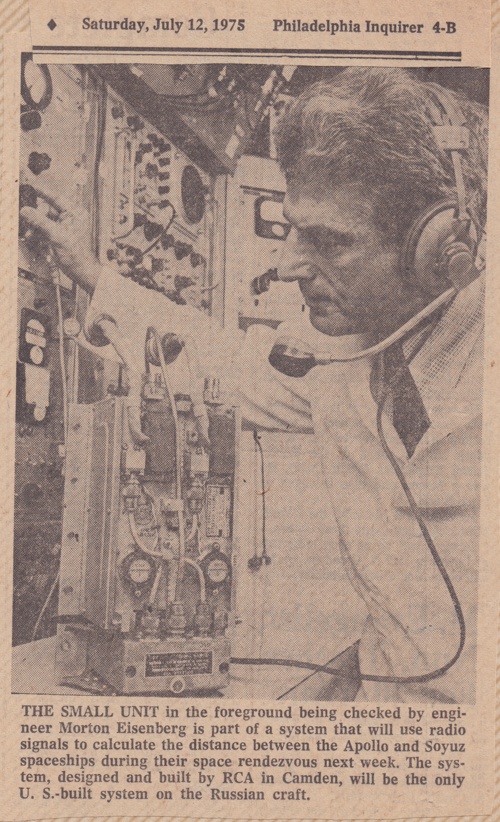
 It sparks joy for me to remember my parents, Morton and Helen Eisenberg, who left us in 2013 and 2017. So I keep some of their stuff. Would Marie Kondo approve? (I might have a teensy bit too much.)
It sparks joy for me to remember my parents, Morton and Helen Eisenberg, who left us in 2013 and 2017. So I keep some of their stuff. Would Marie Kondo approve? (I might have a teensy bit too much.)







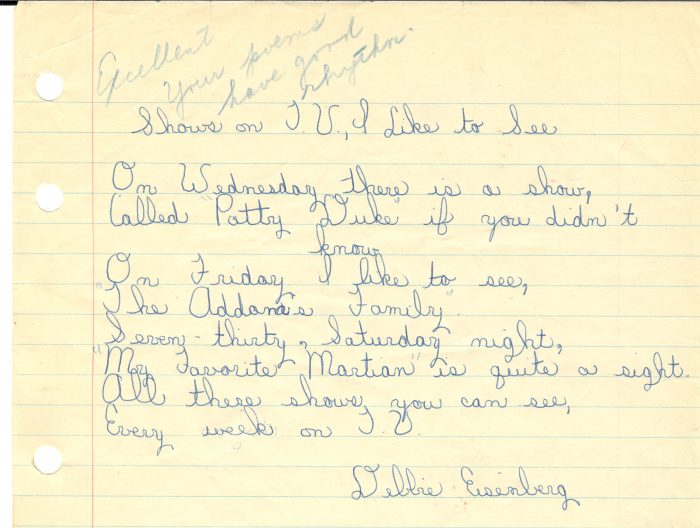




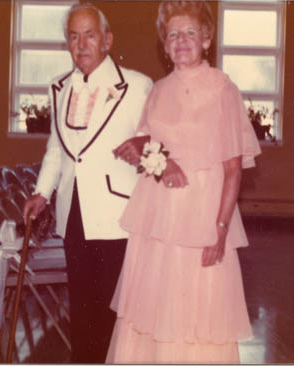
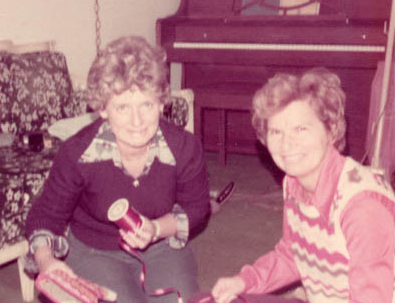





 So if you took my class fifteen years ago, please return and give your ethical will a facelift. If you never took this class, please attend! There is a registration form attached to the flyer here. It’s a free class, and you don’t need to be a member of our synagogue to attend.
So if you took my class fifteen years ago, please return and give your ethical will a facelift. If you never took this class, please attend! There is a registration form attached to the flyer here. It’s a free class, and you don’t need to be a member of our synagogue to attend.


 We almost walked out the front door onto Brompton Road, but stopped when we heard a BEEP BEEP BEEP. Darn. No walking arrogantly out the door I have done in TJ Max, where the common-as-dirt alarm is another way to say “have a nice day!” A guard in a white crispy shirt and black pilot-type hat walked toward us.
We almost walked out the front door onto Brompton Road, but stopped when we heard a BEEP BEEP BEEP. Darn. No walking arrogantly out the door I have done in TJ Max, where the common-as-dirt alarm is another way to say “have a nice day!” A guard in a white crispy shirt and black pilot-type hat walked toward us.
